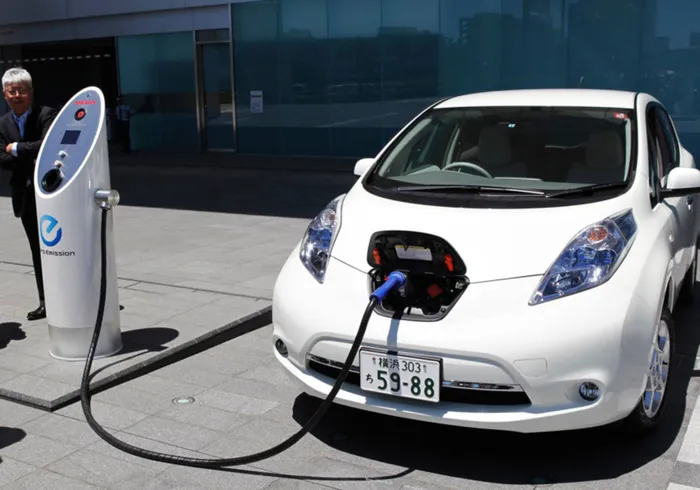China’s curbs on graphite exports will see the development of alternatives

China’s decision may escalate trade disputes globally and spur other countries to prioritise research into alternative sources and materials, industry executives said. File Image.
China’s move on Friday to curb exports of graphite, a key electric vehicle battery material, will only accelerate efforts to develop alternative sources and materials, but that will take time, industry executives and analysts said.
China, the world’s largest graphite producer and exporter, will require export permits as of December 1 for some graphite products, including spherical graphite used by automakers.
It refines more than 90% of the world’s graphite into the material used in almost all EV battery anodes, which is the negatively charged portion of a battery.
China’s decision may escalate trade disputes globally and spur other countries to prioritise research into alternative sources and materials, industry executives said.
“We see China’s move as a potential catalyst to highlight the urgency of improving (US) graphite supply,” said John DeMaio, president of Graphex Group’s graphene division.
Graphex plans to open a graphite processing facility in Warren, Michigan, by the end of 2024 to supply US automakers with at least 10 000 metric tons per year of the key metal.
Graphex aims to be a refiner in the West, not a miner. It has graphite supply deals with Syrah Resources and is looking for other sources, DeMaio said.
Tesla, which did not respond to a request for comment, has been a leader in securing graphite and signing deals with Syrah and Magnis Energy Technologies.
New investments in the US and Europe aim to challenge China’s stranglehold on graphite with a focus on developing synthetic graphite, but industry experts have said the effort will be an uphill battle.
Synthetic graphite could account for nearly two-thirds of the EV battery anode market by 2025, Benchmark Mineral Intelligence estimates.
However, China battery materials giants such as BTR and Shanshan are also investing hundreds of millions of dollars to produce more synthetic graphite.
Vianode, an Oslo-based synthetic graphite start-up, is starting small-scale production in Norway next year, ramping up to full scale in Europe and the US by 2030 with enough material to supply roughly two million EVs.
“China is decades ahead in graphite and it’s too late to try and catch up,” he told Reuters on Friday. “We must move to the next level of lithium-ion and EV performance.”
“This is our time to wake up and say, okay we need to start working on the next generation of battery and of materials,” he added.
The main use of graphite has been in the steel industry, but EV sales are due to more than triple by 2030 to 35 million from 2022, BMO Capital Markets forecasts.
Each EV on average needs 50kg to 100kg of graphite in its battery pack for the anodes, about twice the amount of lithium. – Reuters
Related Topics: